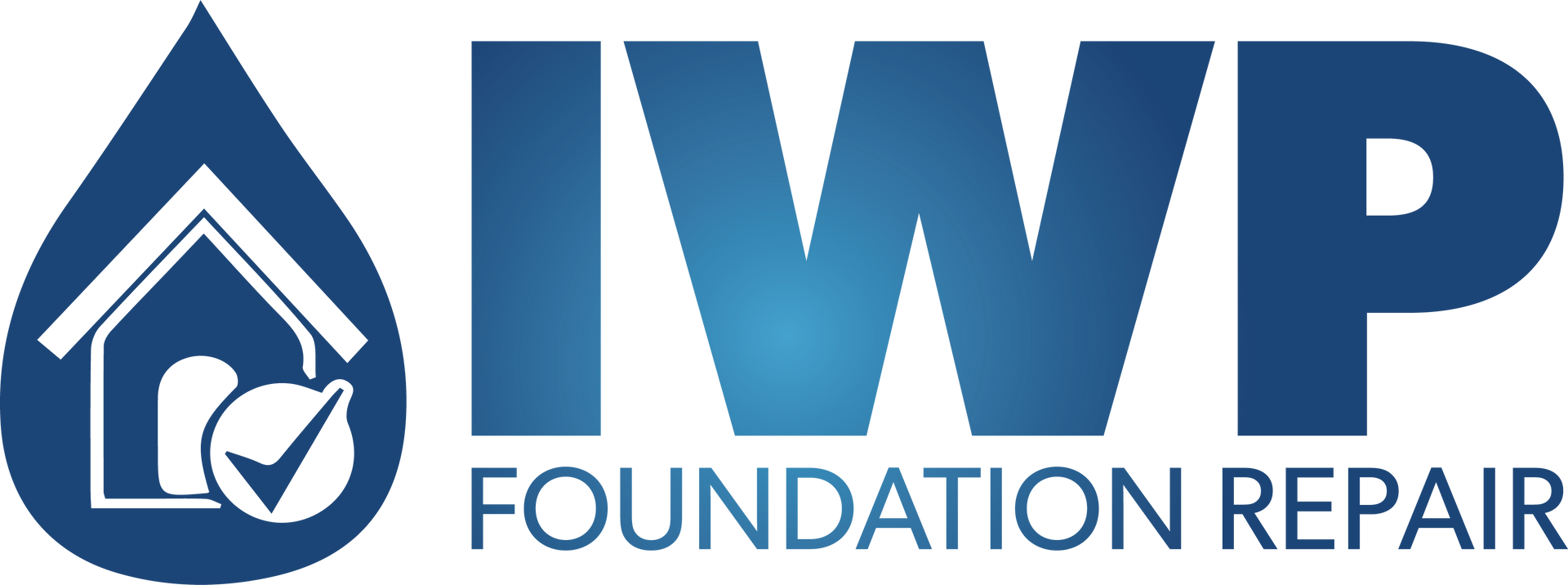What Is Proper Grading For My Home?
The Essential Guide to Ensuring Proper Grading Around Your Home for a Solid Foundation
Your home's foundation is its literal base, and maintaining its integrity is crucial for the overall stability and longevity of your property. One often overlooked yet vital aspect of foundation care is the grading around your house. Proper grading not only safeguards against water damage but also plays a significant role in preventing foundation issues. In this comprehensive guide, we'll delve into the importance of proper grading, its impact on your foundation, and practical steps you can take to ensure your home is standing on solid ground.
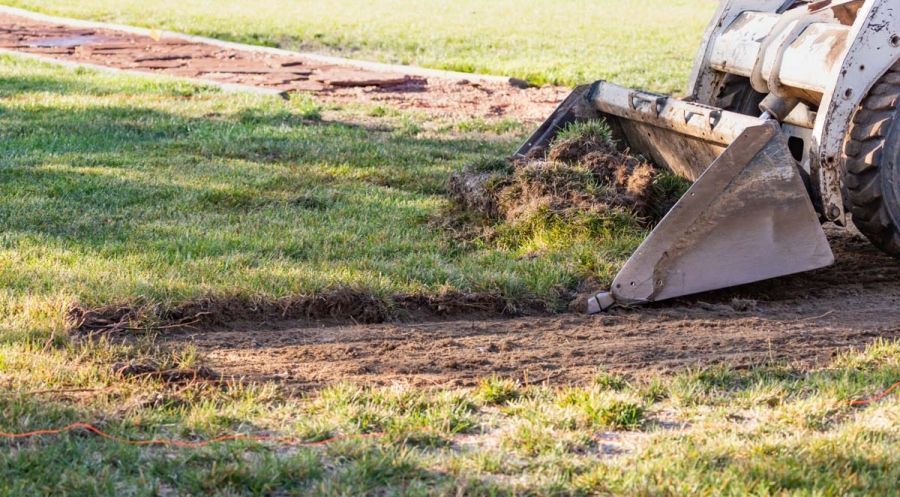
Signs of Improper Grading:
Pooling Water: Puddles forming around your foundation after rain indicate poor grading, allowing water to collect rather than drain away.
Erosion: If you notice soil washing away from certain areas, it's a sign that water is not being directed properly.
Foundation Cracks: Over time, water retention due to improper grading can lead to cracks in the foundation.
Basement Leaks: Water finding its way into the basement is a clear indication that your grading may need attention.
Steps to Ensure Proper Grading
1. Evaluate Your Current Grading
Start by assessing the current slope around your home. Look for low spots, areas where water might pool, and any signs of erosion.
2. Create a Grading Plan
Develop a plan to regrade your landscape, ensuring that water naturally flows away from the foundation. This may involve adjusting the soil slope or incorporating swales.
3. Use Quality Soil
When regrading, choose high-quality soil that promotes proper drainage. Avoid compacted or clayey soil, as these can hinder water movement.
4. Install Drainage Systems
Consider adding surface or subsurface drainage systems like gutters, downspouts, and French drains to redirect water away from the foundation.
5. Plant Strategically
Landscaping can contribute to proper grading. Planting grass and deep-rooted vegetation helps stabilize the soil and prevent erosion.
6. Monitor and Maintain
Regularly inspect your grading and drainage systems, especially after heavy rainfall. Ensure that they are functioning correctly and make adjustments as needed.
7. Professional Assistance
If grading issues persist or if you're unsure about how to address them, consult with a professional landscaping or foundation repair company. They can provide expert guidance and implement effective solutions.
Benefits of Proper Grading
Foundation Preservation
Well-maintained grading protects your foundation from water damage, reducing the risk of cracks and structural issues.
Preventing Basement Flooding
Proper drainage prevents water from seeping into your basement, safeguarding your belongings and preventing mold growth.
Enhanced Landscape Aesthetics
A properly graded landscape not only serves a functional purpose but also enhances the visual appeal of your property.
Increased Property Value
Regular maintenance and proper grading contribute to the overall health of your home, potentially increasing its market value.
Investing time and effort into ensuring proper grading around your home is a proactive measure that pays off in the long run. By preventing water-related issues, you're not only protecting your investment but also ensuring a safe and comfortable living environment. Take the necessary steps today to secure a solid foundation for your home, and enjoy the peace of mind that comes with a well-maintained property.
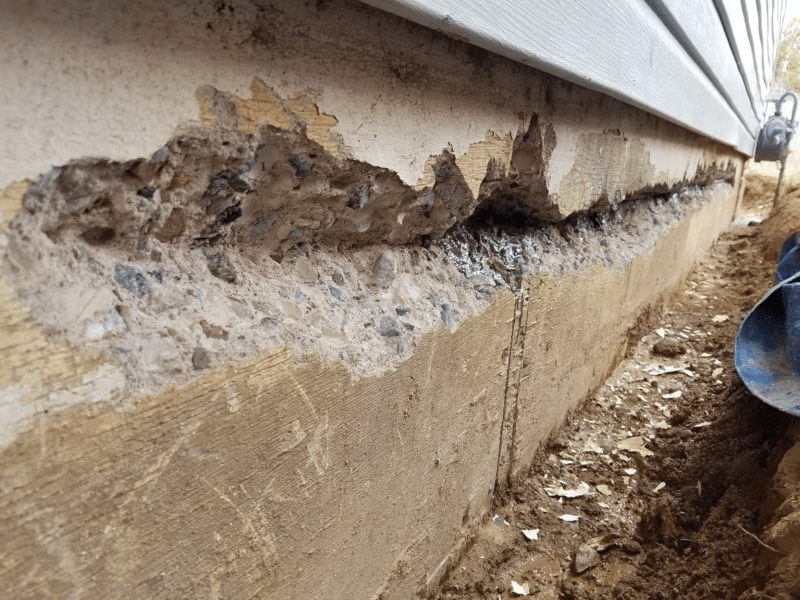
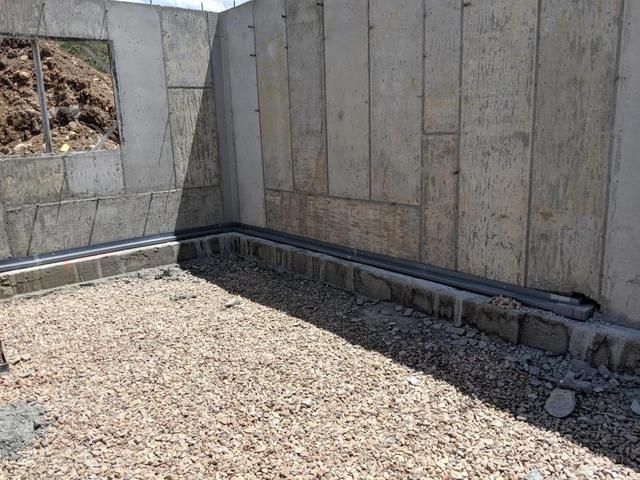


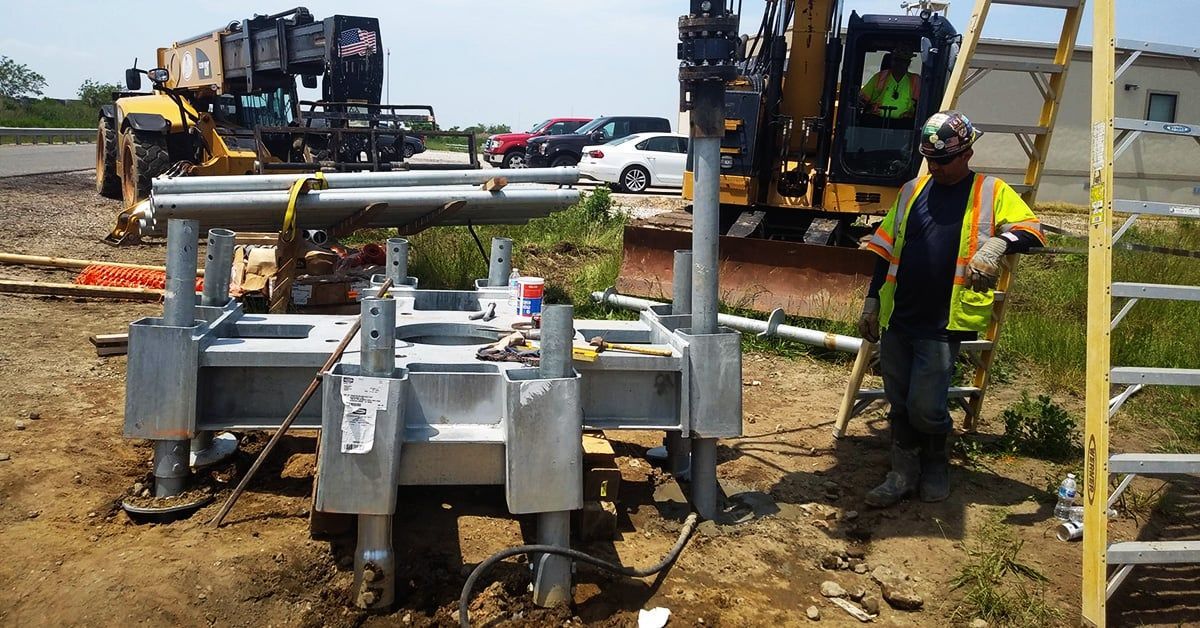


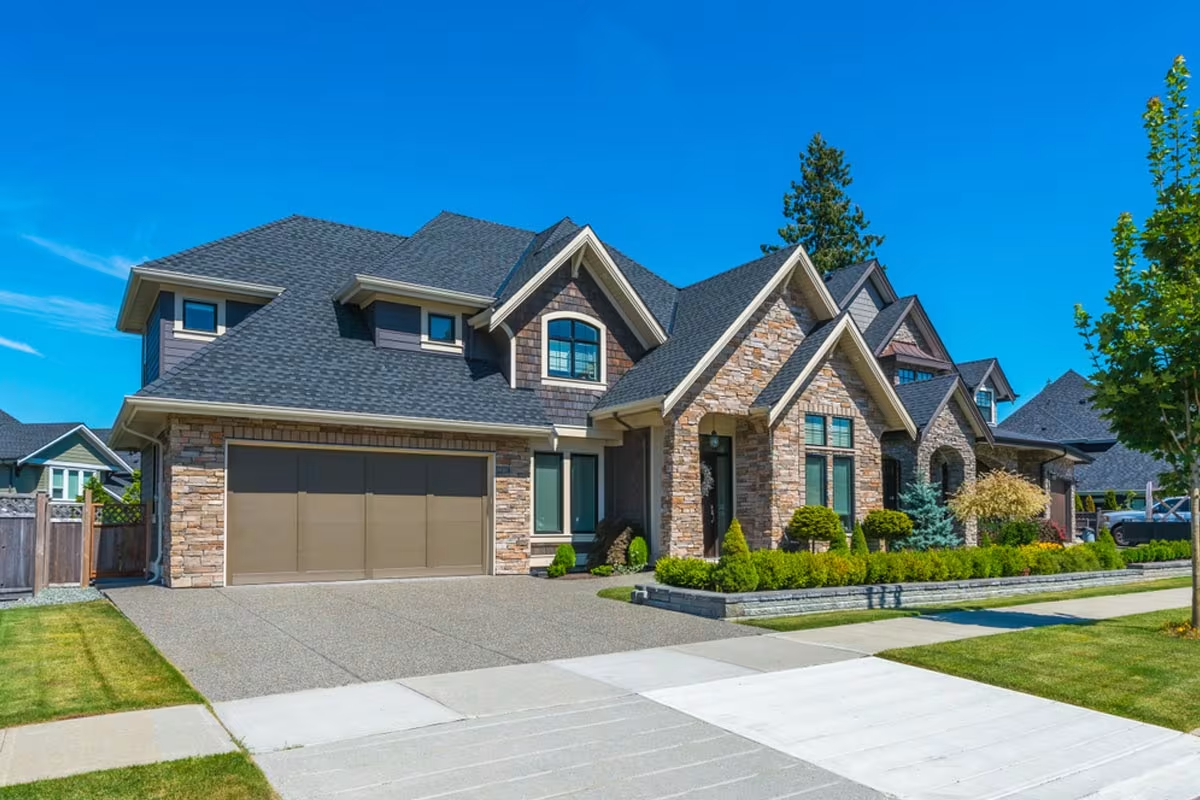


HAVE PEACE OF MIND WITH IWP FOUNDATION REPAIR
With over 30 years of combined experience in the business, you know that you can trust our team to get the job done right the first time. We value the customer experience, which is why we take the time to listen to your concerns, answer all your questions, and explain the best plan of action for your home. If you’ve noticed any foundation issues at all, no matter how minor they seem, you should call a professional. Our expert team is waiting for you, so call today for a free evaluation!
